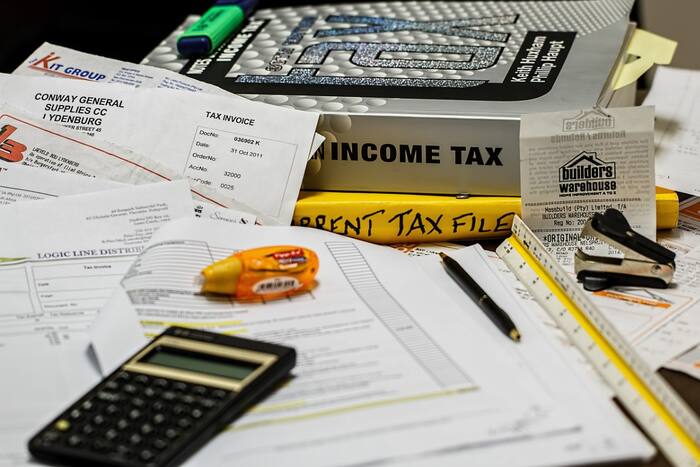A post-poll survey showed that voters were worried about inflation, unemployment and decreasing incomes.

Personal Tax: The Indian government is considering lowering personal tax rates for certain categories of individuals, which could help boost consumption in Asia’s third-largest economy, two government sources told Reuters.
The plan could be announced in July when Prime Minister Narendra Modi’s government presents the first federal budget after his Bharatiya Janata Party (BJP) failed to win a majority on its own.
A post-poll survey showed that voters were worried about inflation, unemployment and decreasing incomes.
While the Indian economy grew at a world-beating 8.2% in 2023-24, consumption has grown at half that pace.
Prime Minister Modi, while staking a claim to form the National Democratic Alliance ruled government, had said his administration would focus on raising middle-class savings and improving the quality of their lives.
A cut in personal tax could boost consumption in the economy and increase savings for the middle class, the sources said, declining to be identified as budget discussions are confidential.
India’s finance ministry did not immediately respond to an email seeking comment.
The category of individuals that may see some tax relief are those earning over 1.5 million rupees ($17,960.42) annually, up to a certain amount which is yet to be determined, the first source said.
The changes could be made to a tax scheme introduced in 2020, where annual income up to 1.5 million rupees is taxed at 5%-20% while earnings over 1.5 million rupees is taxed at 30%.
The personal tax rate jumps six-fold when an individual’s income increases by five times from 300,000 to 1.5 million rupees, “which is quite steep,” the second source said.
The government may also explore lowering personal tax rates for annual incomes of 1 million rupees, said the first source, adding that a new threshold was being discussed for income taxed at the highest rate of 30% under the old tax system.
Any loss of tax income to the government through tax cuts could be partially offset by increased consumption from this category of income earners, the second source said.
The federal government is targeting a fiscal deficit of 5.1% of GDP in the financial year ending March 2025.
Strong tax collections amid a buoyant economy and a bumper dividend from the central bank will give the government flexibility in planning the first budget of its new term, Reuters reported earlier.

